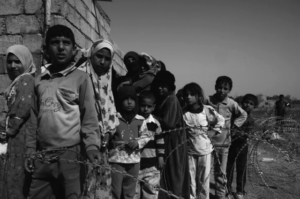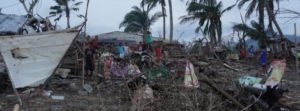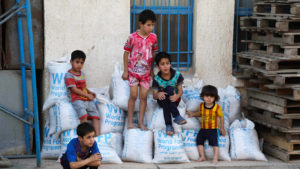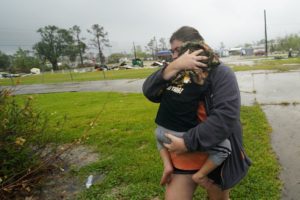

Newsmax – December 7, 2020
Water joined gold, oil and other commodities traded on Wall Street, highlighting worries that the life-sustaining natural resource may become scarce across more of the world.
Farmers, hedge funds and municipalities alike are now able to hedge against — or bet on — future water availability in California, the biggest U.S. agriculture market and world’s fifth-largest economy. CME Group Inc.’s January 2021 contract, linked to California’s $1.1 billion spot water market, last traded Monday at 496 index points, equal to $496 per acre-foot.
The contracts, a first of their kind in the U.S., were announced in September as heat and wildfires ravaged the U.S. West Coast and as California was emerging from an eight-year drought. They are meant to serve both as a hedge for big water consumers, such as almond farmers and electric utilities, against water prices fluctuations as well a scarcity gauge for investors worldwide.
“Climate change, droughts, population growth, and pollution are likely to make water scarcity issues and pricing a hot topic for years to come,” said RBC Capital Markets managing director and analyst Deane Dray. “We are definitely going to watch how this new water futures contract develops.”
The United Nations has long warned that human-driven climate change is leading to severe droughts and more flooding, making water availability increasingly less predictable. In California, the most recent acute dry spell stretched from December 2011 until March of last year, according to the U.S. Drought Monitor. The most dire effects took hold in July 2014, with 58% of the state’s land suffering “exceptional drought,” leading to crop and pasture losses and other water emergencies.









